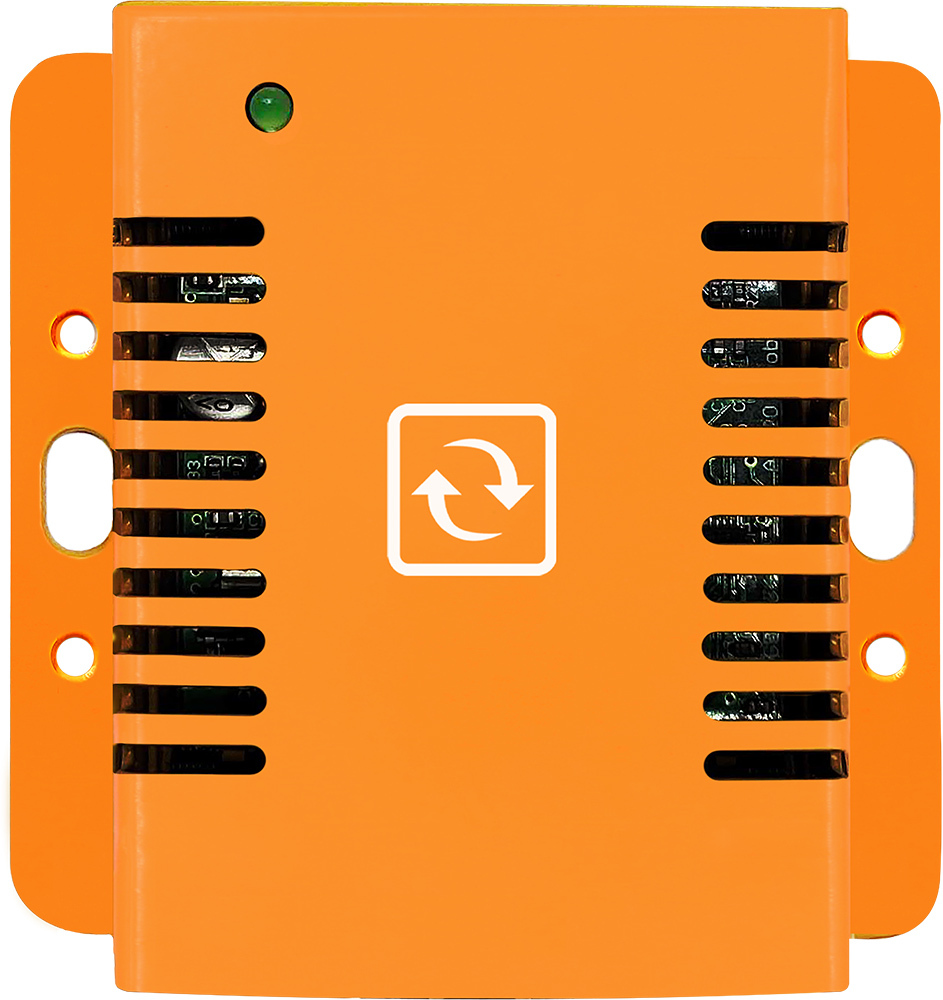Noise triggered security sensormonitor abnormal sound levels
10 times per second
monitor abnormal sound levels
10 times per second
10 times per second

key security sensor features
 - returns the highest recorded sound level (in db) between data 2 requests (SNMP, Modbus TCP).
- returns the highest recorded sound level (in db) between data 2 requests (SNMP, Modbus TCP).- captures noise level 10 times per second.
- compact plug & play sensor.
- designed for indoor use.
- steel enclosure for non-power sensors or non-IP sensors.
- custom color & logo options available.
- industrial grade.
- 0u rack, DIN rail, magnetic or wall mountable sensor.
- plugs into the base unit.
- powered by the base unit (PoE, 12v DC, optionally 24v or -48v)
- alerts via SNMP Traps, email or SMS.
- out of the box integration via Modbus TCP, SNMP.
- optional integration via MQTT for Industrial IoT applications1
 .
.- optional integration via RS-485 enabling direct integration with your own gateway & controllers.2

1Requires BASE-XXX-6
2Some sensors are not available in RS-485 native versions. In that case RS-485 is available using the optional Modbus RTU module.
 Some of our customers:
Some of our customers:




about the security sound sensor probe.
Data Centers, server rooms, equipment rooms are all running with most of the time nobody in there. Everything is monitored by staff from another room. Often when something goes wrong a loud noise may be heard (loud bang, fans making abnormal sound, ...)
Who will notice if no one is in the facility? This sensor can. It listens and records 10 times per second the highest noise level.
To improve monitoring, we developed a digital sound meter probe that continously monitors the decibels in the room it is installed in. You let the sensor run to get the normal sound level of your room and set the maximum (or minimum) alarm level in decibels accordingly. By connecting the sensor to the base unit, you have an ip and ethernet enabled sensor that runs on its own. No other software or hardware required.
Of course the more racks or equipment you have the more of the sound sensors you'll need as an abnormal noise may be heard in the vincity of the location where the incident occured, but may not be heard on the other side of the room.
Who will notice if no one is in the facility? This sensor can. It listens and records 10 times per second the highest noise level.
To improve monitoring, we developed a digital sound meter probe that continously monitors the decibels in the room it is installed in. You let the sensor run to get the normal sound level of your room and set the maximum (or minimum) alarm level in decibels accordingly. By connecting the sensor to the base unit, you have an ip and ethernet enabled sensor that runs on its own. No other software or hardware required.
Of course the more racks or equipment you have the more of the sound sensors you'll need as an abnormal noise may be heard in the vincity of the location where the incident occured, but may not be heard on the other side of the room.

